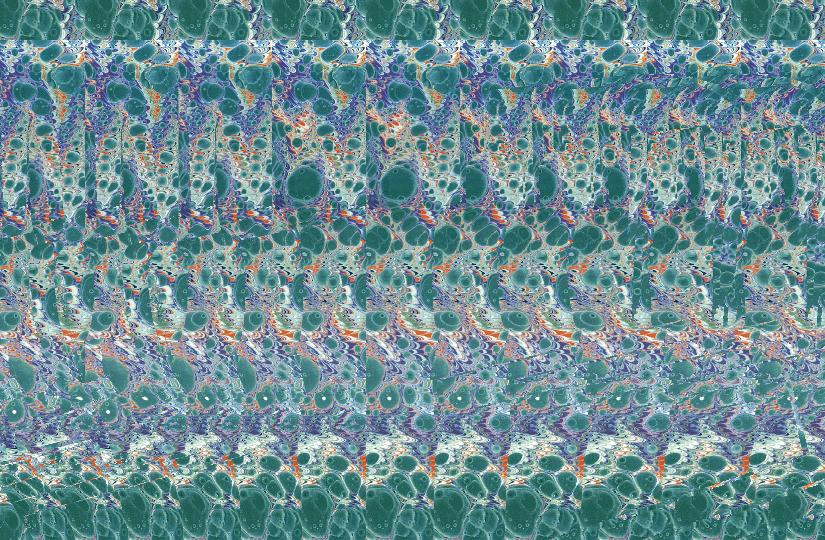
A few iterations later and you've got Elaine Benes and Ross Gellar making jokes about stereograms in their respective fictional worlds. Julesz would have originally viewed these through a stereoscope that delivers one image separately to each eye, but if you practice enough, you can "free-fuse" them).įrom that point, the next step was to re-create the hidden-picture effect in a single image, rather than two images that require hardware to view. You should see three copies of the square rather than two or four, and the hidden image will appear inside the middle square. These random dots contain a hidden shape that you can see if you diverge your eyes to point each eye at its own square. And he demonstrated that by inserting depth into random noise: the random-dot stereogram: Working at Bell Laboratories, Julesz showed that the depth perception from stereographs could be divorced from the depth cues we get from a photo, like shading, overlap, perspective lines, and relative sizes. The real innovation on the path toward Magic Eye was research conducted by Bela Julesz in the late 1950s. The Victorian stereographs were typically photos or simple drawings. He shutting out of surrounding objects, and the concentration of the whole attention, which is a consequence of this, produce a dreamlike exaltation of the faculties, a kind of clairvoyance, in which we seem to leave the body behind us and sail away into one strange scene after another, like disembodied spirits. Among his many meditations on the technology, he wrote: was so enamored with the stereoscope that he created his own non-patented version of the toy and popularized it in the United States. Queen Victoria was an early adopter of the stereoscope, a device that presents a slightly different photo to each eye, creating a 3D scene in the brain of the viewer. The original View-Master was the Victorian stereoscope, and it was as popular in the late 1800s as Magic Eye was in the 1990s. This is the feature of visual perception that's manipulated by devices like the View-Master, the red novelty toy that comes with a reel of tiny dual photos. Try and see what image is “hidden” in the stereograms.Their lineage goes back to the 19th-century discovery of stereopsis - the depth information we get from having two eyes spaced slightly apart.Show random dot stereograms to students.Looking only with your right eye, move your finger so it covers the object. Hold up your index finger at arm’s length.What was your method for “seeing” the image? If you bring your finger closer to your face, do you find it jumps back and forth more or less than when it’s farther away? That's why they give you glasses with 2 lenses of different colours (or let through light of different polarities.)ĭescribe how depth perception affects how the brain forms an image.Ī selection of single image random dot stereograms, printed on either an overhead sheet or on a large sheet of paperĭo both eyes have the same point of view of the objects before them? If you want to view movies or pictures in 3D, you have to show a different picture to each eye. Your brain tries to overlap the two patterns, and creates the virtual 3D object. Each eye sees a slightly different pattern because of the different angles between the page and each eye.

The dots are arranged in repeating pattern, with slight differences in each repetition. Single image random dot stereograms are the original versions of the popular 'Magic Eye' pictures in which a 3D image pops out from what appears to be a sheet of random dots. This demonstrates that each eye is getting a different picture of the world. In the first part of the demonstration, one eye sees the object covered by the index finger. If you use first one eye then the other to view an object, nearby objects tend to jump back and forth more, whereas faraway objects hardly seem to move at all. Each eye sees a slightly different picture because they're in slightly different places. In this demonstration, students discover how the structure and placement of the eyes creates depth perception.ĭepth perception occurs as your brain compares the pictures received in each eye to figure out how far objects are from you.


 0 kommentar(er)
0 kommentar(er)
